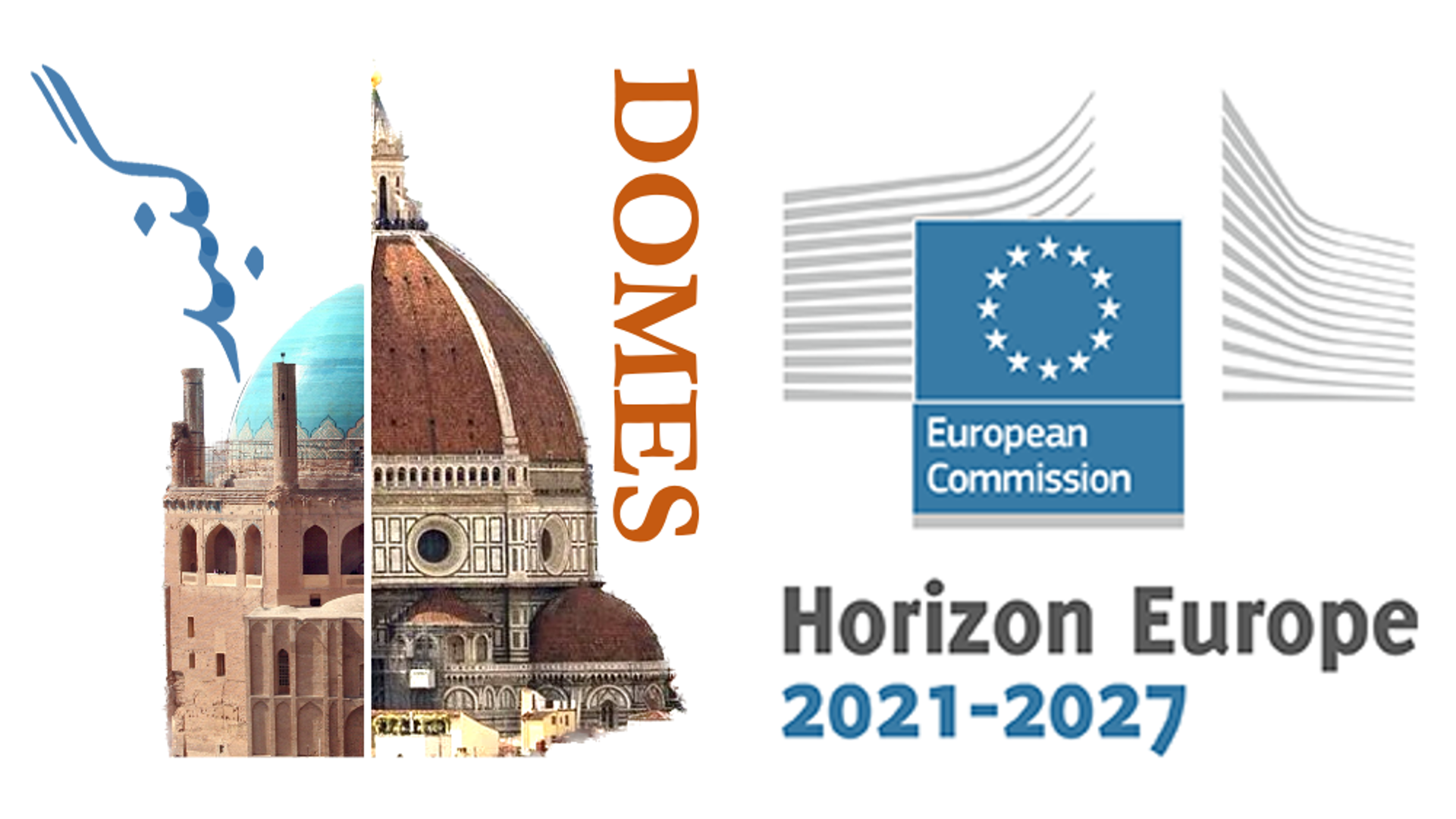
What is DOMES?
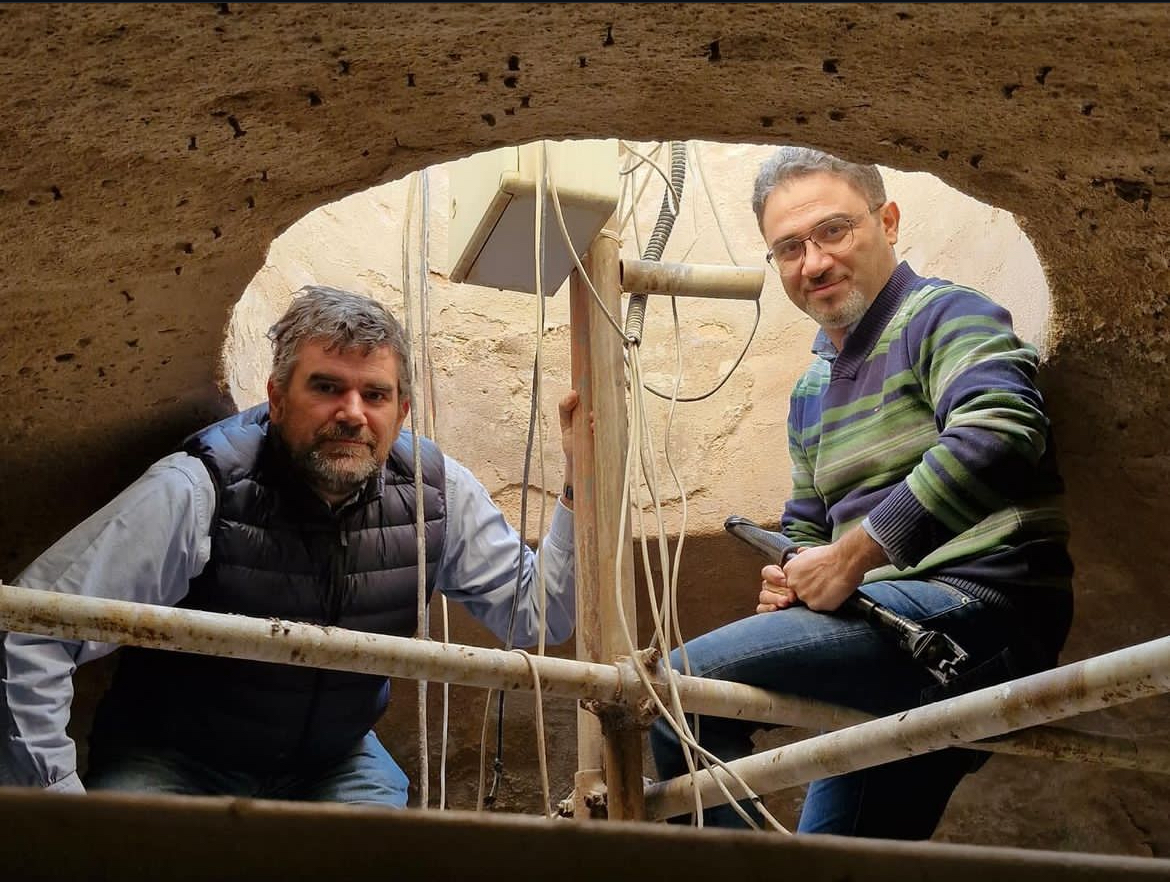
Resilience
This project is the result of a multi-year effort by two scholars to establish an academic cooperation despite global pandemic, political instability, and bureaucratic obstacles. Dr. Lorenzo Vigotti and Prof. Hadi Safaeipour met in 2016 and believed that the historical partnership between Italian and Iranian architects working on global issues of architectural techniques and restoration methodologies could be once again revitalized. Mutual respect on each own’s approaches and methodologies makes possible a constructive exchange of ideas and a learning environment for both sides, including students and local communities. We hope this can be the first step of a long history of academic cooperation towards rethinking global architectural history.
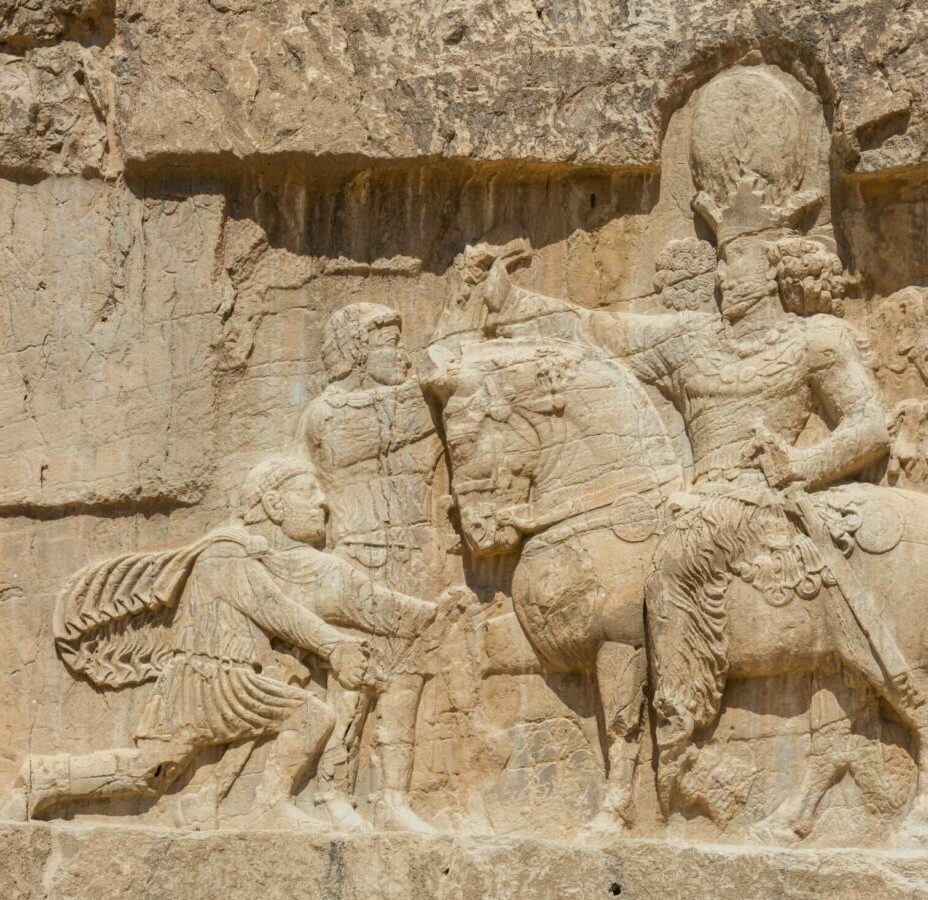
Italian-Iranian Relations
“A Persian proverb says: ‘Everything new is good, except friendship.’ The friendship between Iran and Italy has its roots in the ancient history of two great civilizations. Centuries-old roots in which the two civilizations, Persian and Roman, interacted with each other, weaving the warp and woof of history. The relations of these two civilizations mirror human interactions, as well as the history of relations between the West and the East of the world; a history spanning more than twenty centuries. The first cultural pact between the two countries was signed in AD 533 between the Sassanid king Anushirvan and the Roman emperor Justinian“. Hamid Bayāt, ambassador of the Islamic Republic of Iran, 1 March 2021.
The image portraits the famous relief showing the Sassanian king Shapur I on horseback, with the Roman Emperor Valerian bowing to him in submission, and Philip the Arab (an earlier emperor who paid Shapur tribute) holding Shapur’s horse. This commemorates the Battle of Edessa in AD 260.

The Project
DOMES is an exploration of the shared architectural legacy of Europe and the Middle East. Specifically, my project details the transmission of architectural knowledge across the Silk Road from Persia to medieval Italy during the fourteenth century. Utilizing an innovative research methodology, DOMES aims to overcome traditional classification of architectural history based on the linear evolution and comparison of styles and forms, to promote a more comprehensive account of the history of construction, nourished by the material understanding of site-specific traditions.

Methodology
Utilizing structural building techniques as the basis for the project, DOMES focuses on the transmission of two types of architectural knowledge: technical knowledge and preservationist knowledge. This project proposes that the technological knowledge of building double-shell brick domes was originally transferred from Iran to Italy. Furthermore, DOMES investigates the historical exchange of Italian architectural restorers and Iranian preservationists through the study of the restorations of the same double-shell brick dome monuments during the 1960-70s. Through the combination of the study of unpublished archival documents in Tehran and the on-site analysis of the restorations carried out on monuments, DOMES will provide an innovative example of medieval global architectural history and will narrate the transfer of preservation knowledge from Italy to Iran.
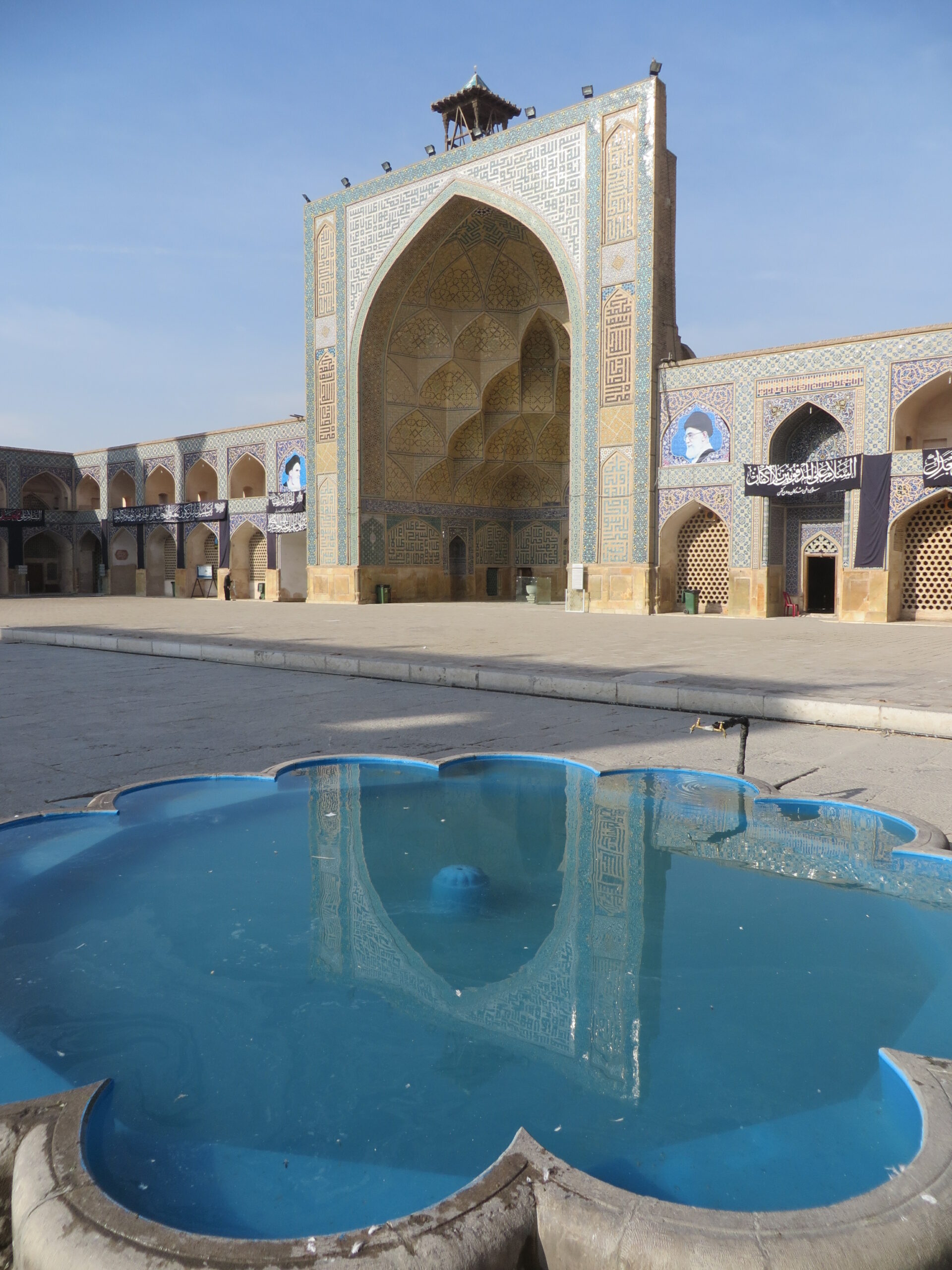
Global Approach
DOMES is an international project, built upon the scientific partnership of architectural knowledge between Italian and Iranian scholars. The University of Bologna and the University of Tehran share their methodologies in order to achieve a true global approach leading to a new understanding of a history of architecture based on the circulation of technology.
The University of Bologna (established in 1088/480 AH) is one of the largest and most active Italian universities in research and technology transfer in Italy. It offers a unique academic environment for research on Iranian cultural heritage, its recent restoration, and the exchange of knowledge between Persia and Italy.
The University of Tehran (established in 1851/1267 AH) is the oldest and most prestigious public university in Iran. The School of Architecture at the University of Tehran hosts the UNESCO Chair in Islamic Architecture; it has a dedicated Department of Architectural Conservation to the study or restoration of historical monuments; and the Centre of Excellence in Architectural Technology is devoted to the investigation of structures and building techniques.

Piero Sanpaolesi (1904-1980)
Piero Sanpaolesi was a key figure in the field of architectural conservation and heritage preservation in Europe, and a true mentor for a generation of architects who specialized in this discipline since he started teaching in 1954 at the University of Florence, where he would later found the Istituto di Restauro dei Monumenti in 1960: an important center for the development of new technologies employed in the restoration of historic architecture. A similar institute was funded by Sanpaolesi at Melli University in Tehran, today Shahid Beheshti University. He was in charge of the restoration of islamic monuments in Istanbul and in Iran. Sanpaolesi was the first to publish about the structural similarities between the domes of the Mausoleum of Oljaitu in Soltaniyeh and Santa Maria del Fiore in Florence (1972).
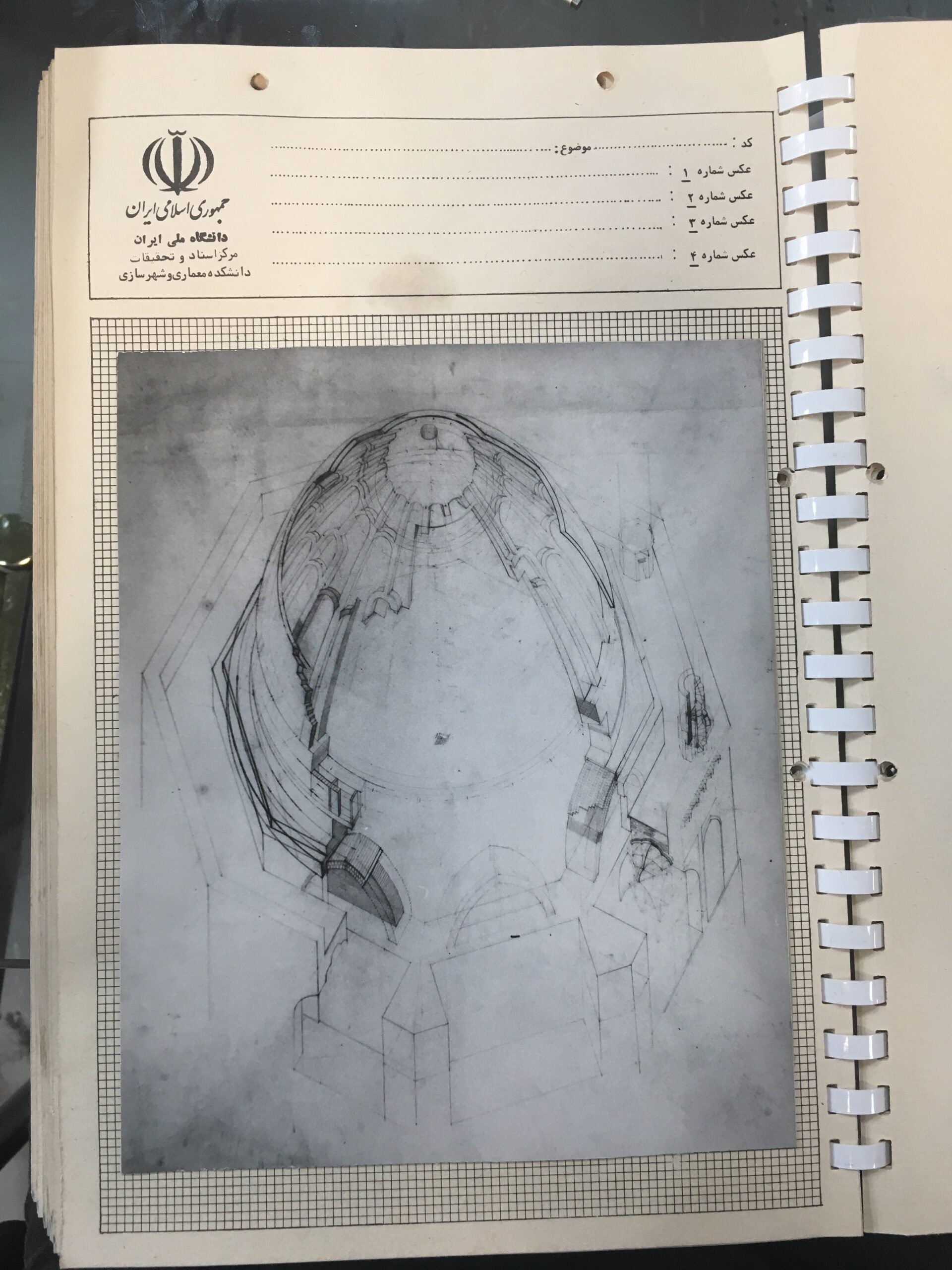
archival research
Archival research for DOMES will be mostly carried out with the assistance of Prof. Hadi Safaeipour, Director of the Architectural Documentation Center at Shahid Beheshti University, where the Sanpaolesi historical archive (both in Italian and Farsi) is held. This archives includes more than 1,250 pages written on the Mausoleum of Oljaitu and almost 1,000 photos from the period 1960-79. A similar research has been carried out at the Sanpaolesi Archive at the University of Florence.
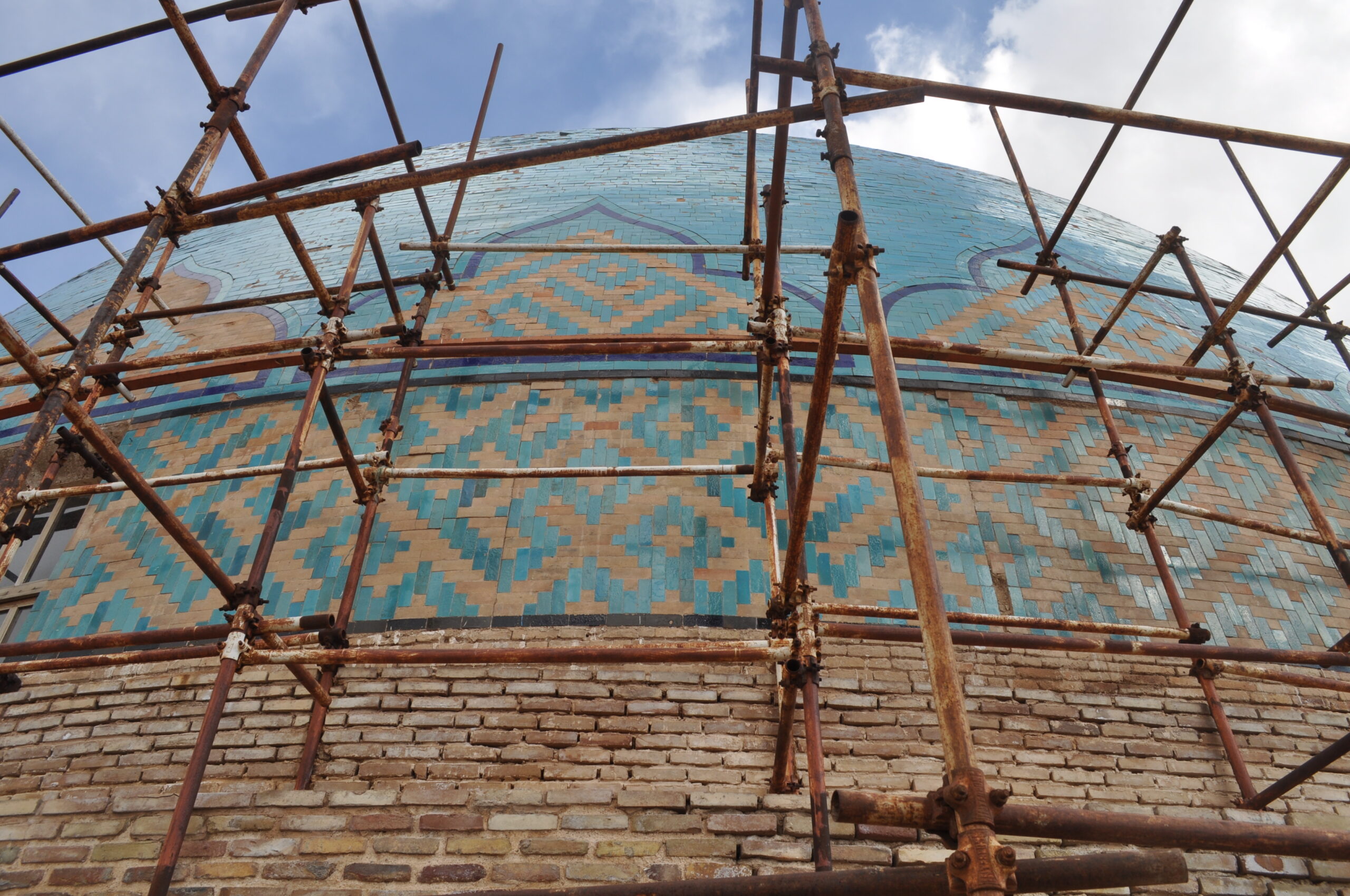
on-site architectural analysis
In order to compare Iranian and Italian domes, an updated campaign of documentation of Iranian domes is the necessary foundation to this project. This is especially the case for Iranian monuments with double-shell domes for which the reduced distance between the two shells prevents from accessing the space in between, which is instead crucial to understand their structural behavior. In collaboration with the University of Tehran, I will use laser scanners and advance photogrammetric techniques to survey the monuments, endoscopy analysis through photos and videos to inspect the structure of the domes, and 3D software to build final models.
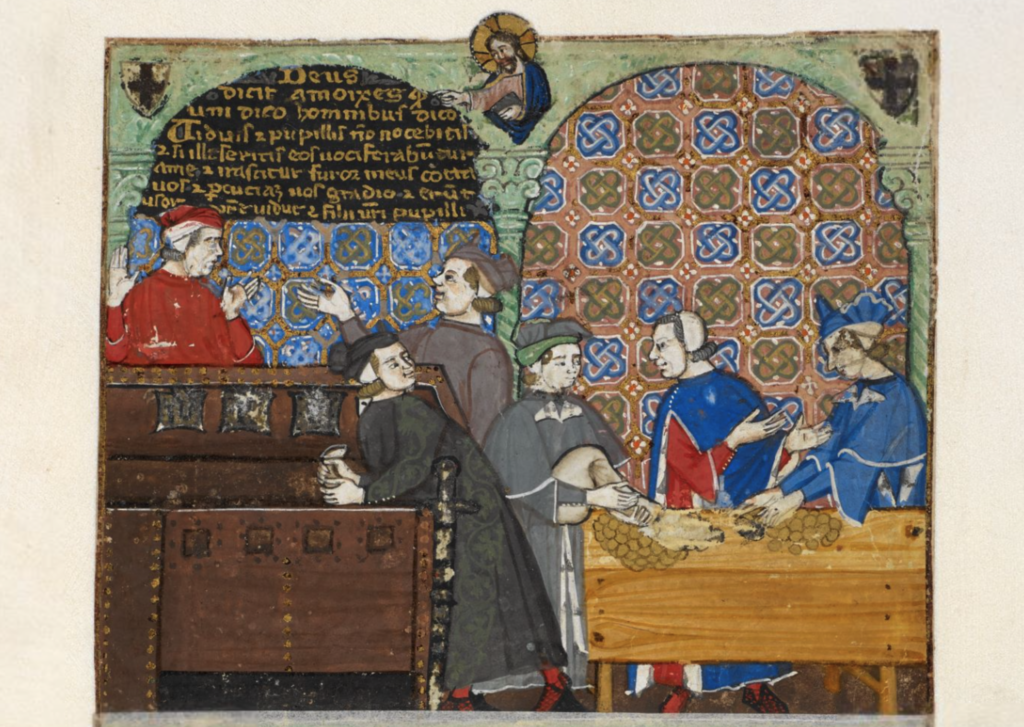
Historical background
Over the past forty years, numerous new publications have shed fresh light on the history of the Ilkhanate Empire and its relationship with Europe. As a result, there is now a wealth of evidence demonstrating the connections between these two worlds, often considered far apart. Both Tabriz and Soltaniyeh were significant trade centers along the main path of the Silk Road, inhabited by a diverse population. The Mongol rulers were open-minded toward different religions, which facilitated the free and constant movement of people and goods. Christians were an integral part of this multicultural society. Since the mid-thirteenth century, documents reveal a permanent presence of Italian friars and merchants at the Mongol court. They were the preferred choice for the Mongol rulers to select their staff for running the empire’s bureaucracy, granting them unprecedented access.
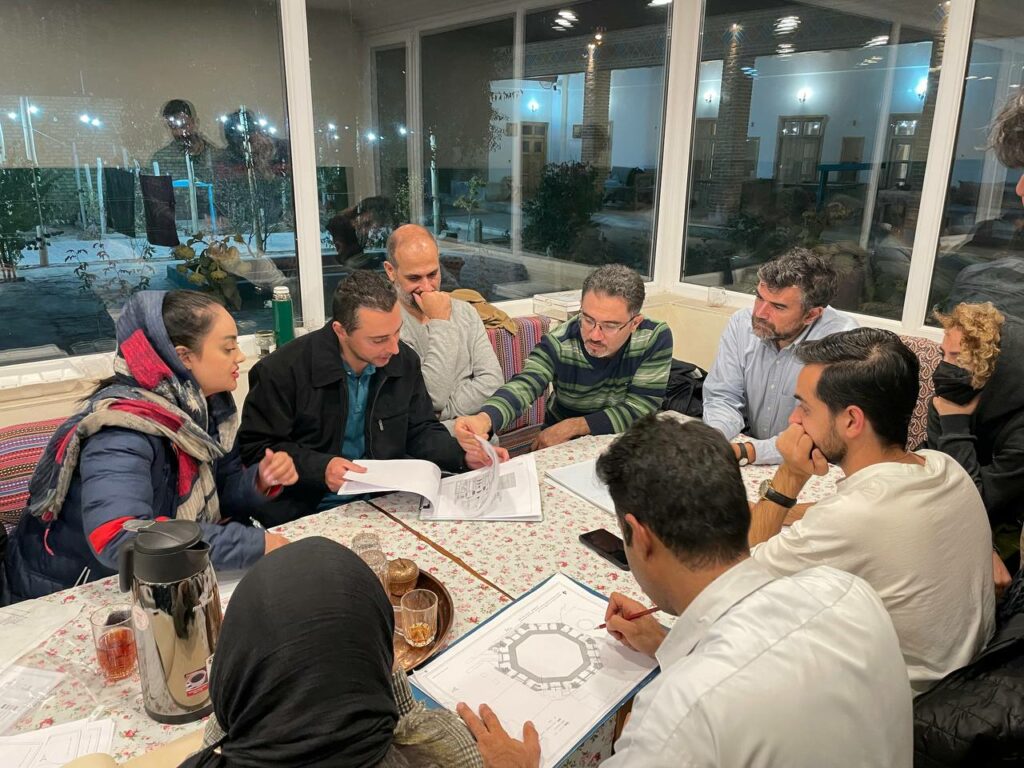
Student involvement
One of the key-point of the project is the involvement of students from the architecture school at Shahid Beheshti Univeristy to carry out deep structural analysis, careful surveys, and historical studies of the chosen monuments. This is a on-site, practical teaching and learning experience for faculty members, graduate and undergraduate students.

Get in Touch
Please email us clicking the button below
